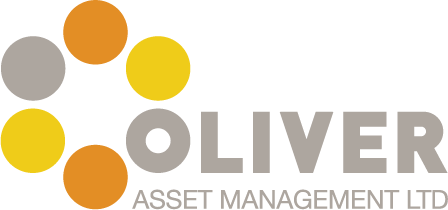
of small, higher-risk trading companies not listed on any stock exchange. Fund managers of VCTs must buy predominantly the shares of unlisted companies and the investment risk is spread over a number of them.
VCTs themselves are listed and can be traded with other investors.
Income tax relief is 30% at present and the annual investment limit is £200,000. This relief is withdrawn if the shares are disposed of within 5 years. However, it may be difficult to dispose of shares even though they are listed, because tax relief is only offered on the subscriptions of new shares, not those bought in the market.
Unlike EISs, VCTs cannot be used for Capital Gains Tax deferral.
Overall, a VCT should be a lower risk investment than an EIS (featured here https://www.oliverassetmgmt.co.uk/spotlight-on-eis-risky-tax-relief/ ) because it is a pooled investment, whereas an EIS is an investment in a single company.
Approach with caution, but, if you are interested in how either VCTs or EISs could work for you please get in touch using the Make An Enquiry tab above.
Please note that all figures given represent our understanding of current HMRC legislation and this article does not constitute financial advice.
